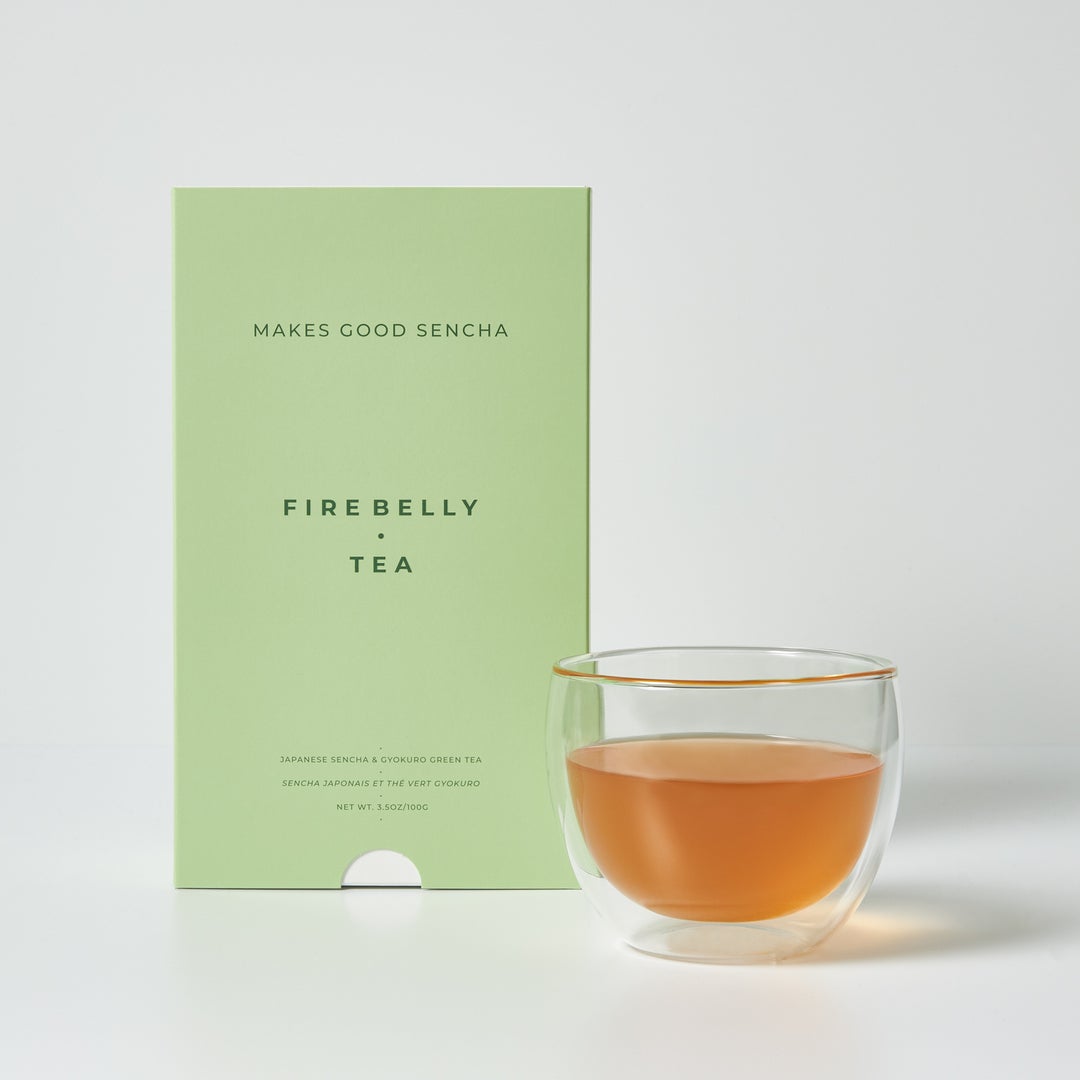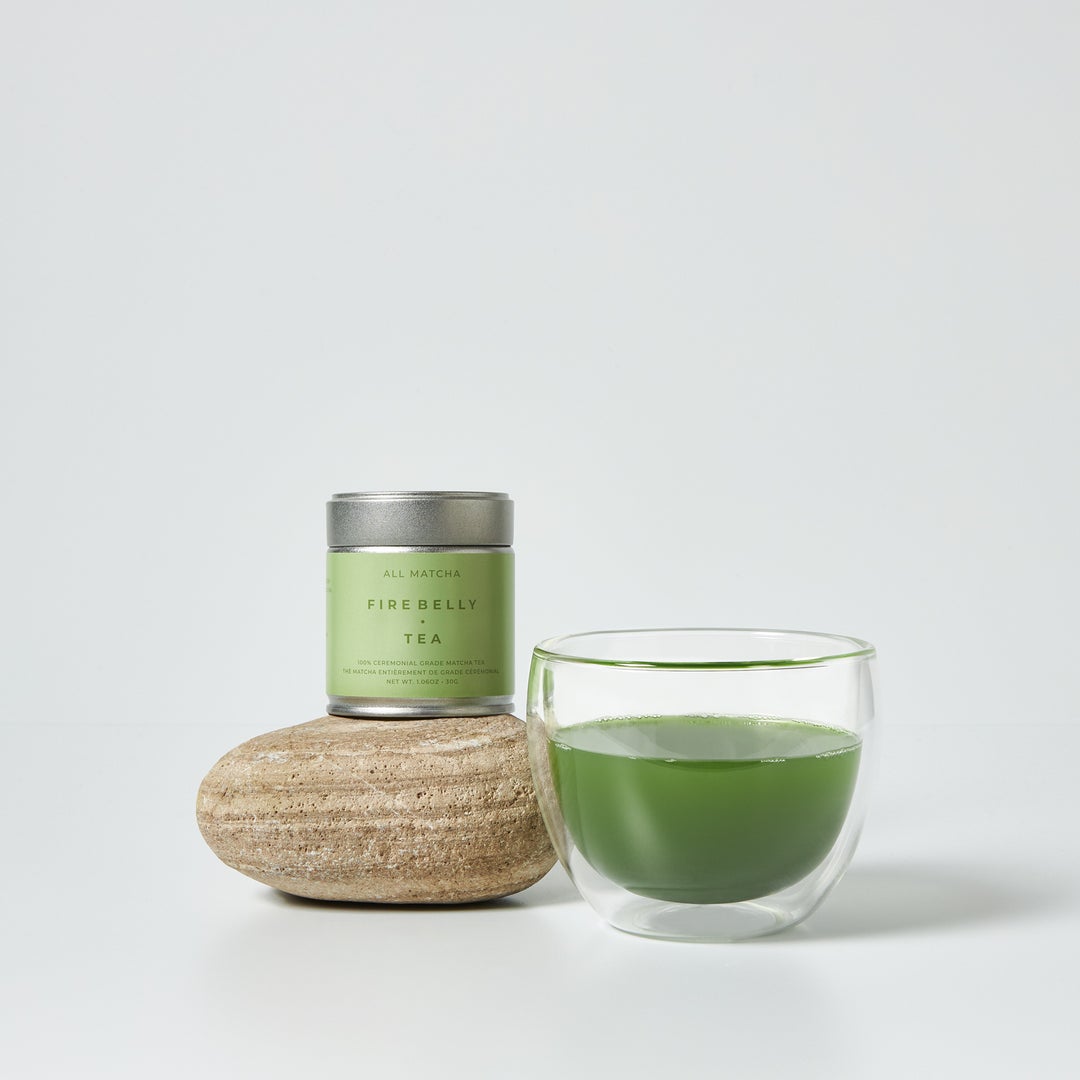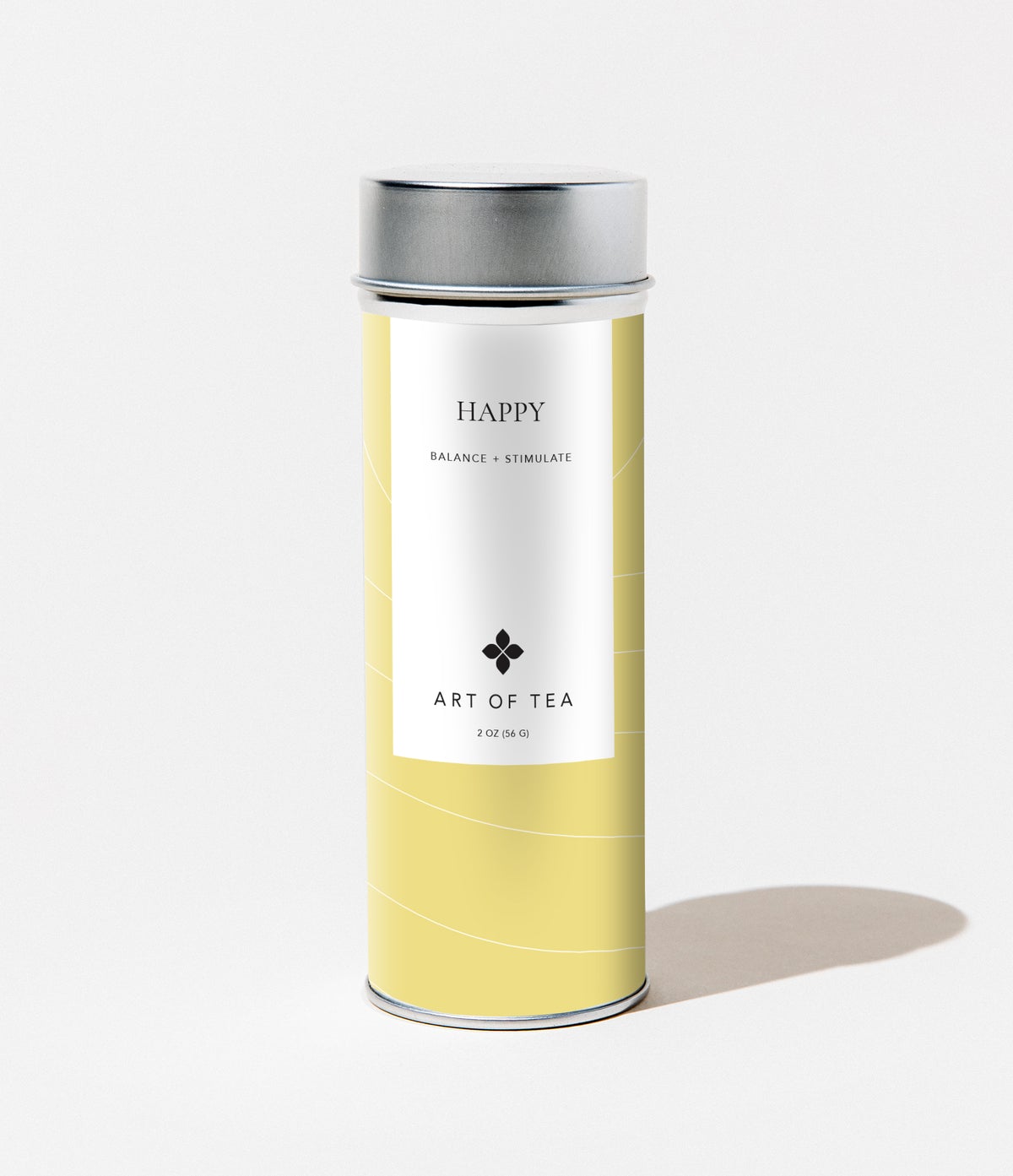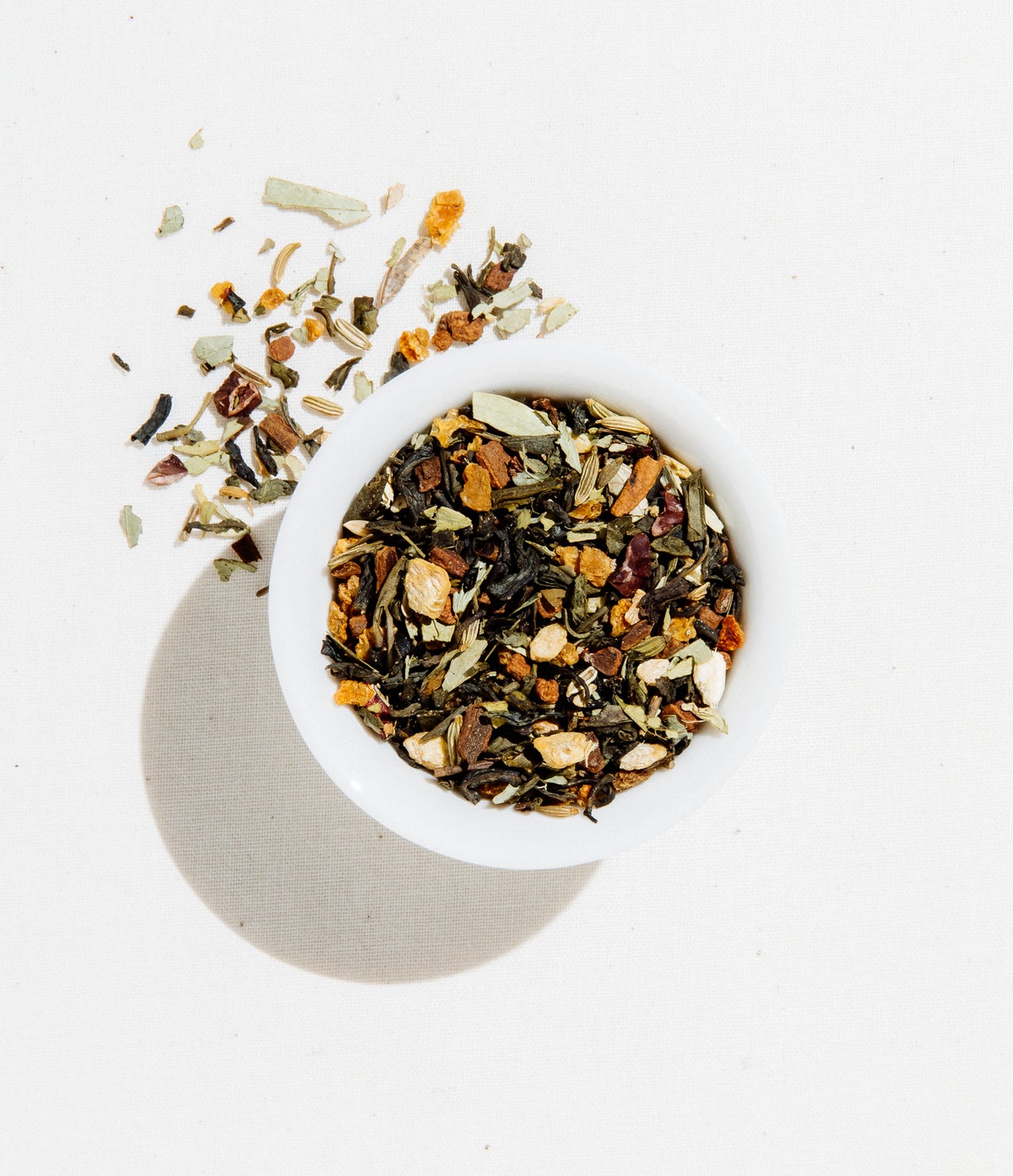Why You Should Never Brew Green Tea in Boiling Water, According to an Expert
However, if your issue with green tea in particular is that you find it tastes too bitter, it's probably not the tea itself. Chances are, the bitter notes in your mug were actually caused by the brewing technique used to make it.
“To avoid bitter notes, don't use scalding hot or boiling water to brew your green tea," says Firebelly Tea Co-founder and tea expert David Segal. This is because, according to Segal, boiled water can burn the delicate tea leaves—and green tea is actually best when you steep the leaves in 170°F to 180°F water, not 212°F boiling H2O. You can get exact with a thermometer, but there’s an easier way. "You can simply wait until there is no more steam coming from your teapot or kettle before adding your tea," he suggests.
So why is it that using boiling water tends to extract unpleasant bitter notes from green tea leaves? Segal explains that the delicate leaves tend to be high in tannins (a type of polyphenol), and if the water is too hot, too many tannins extract from the leaf, which results in a highly astringent flavor.
The same thing can happen when tea leaves are steeped too long. “Don’t steep green tea leaves, especially Japanese green tea, for longer than two to three minutes; any longer and you'll also end up with a bitter cup," Segal says. "A good cup of green tea can be oceanic, grassy, buttery, fresh, crisp, or floral, but it should not taste too astringent.”
{{post.sponsorText}}
BTW, if you're heating the water in the microwave rather than a kettle (no shade, but tea experts say that is technically not a great method regardless of water temperature), Segal adds that you never want to microwave the tea leaves themselves. "Instead, boil the water in the microwave first, let it cool, and then pour it over the tea leaves,” he says.
Making these simple modifications will help your green tea taste much more balanced and rich, rather than bitter or harsh.
For intel on the health benefits of green tea and how it differs from matcha according to a dietitian, check out this video:
Now that you know how to brew like a pro, it's time to sip up all the benefits of green tea. Check out the top-notch choices below, and don't forget to pair your cup with something sweet. According to Art of Tea founder, Steve Schwartz, "Fresh botanicals, such as lavender or lemon verbena, infused in shortbread cookies pair perfectly with a light green tea." Game? Amp up your afternoon tea experience with this gluten-free shortbread cookie recipe, which perfectly fits the bill.
Delicious green teas to try

Noted for its aroma (and Segal’s favorite green!), you get delicate-buttery sencha notes and refreshing Japanese gyokuro from Firebelly Tea’s Makes Good Sencha.

Matcha is a delicious type of green tea often brewed from powder. This Ceremonial-grade matcha (the highest quality) has deliciously creamy, earthy green, sweet, and umami notes. Brew it on its own or whirl into smoothies or baked goods.

This fruity floral blend of raspberries, apple, hibiscus-rosehips, jasmine green, and green rooibos is guaranteed to boost your mood.

This blend of green tea, pomegranate, cinnamon, fennel, ginger, and orange peel can be made on its own, or try in a refreshing tea spritzer with a splash of ACV and sparkling water.

This gunpowder tea offers vibrant herbal flavor and a bounty of antioxidants.
Oh hi! You look like someone who loves free workouts, discounts for cutting-edge wellness brands, and exclusive Well+Good content. Sign up for Well+, our online community of wellness insiders, and unlock your rewards instantly.
Loading More Posts...